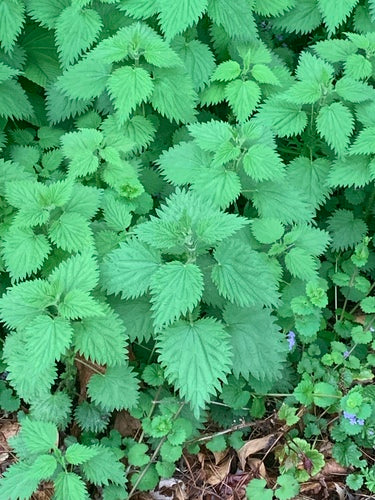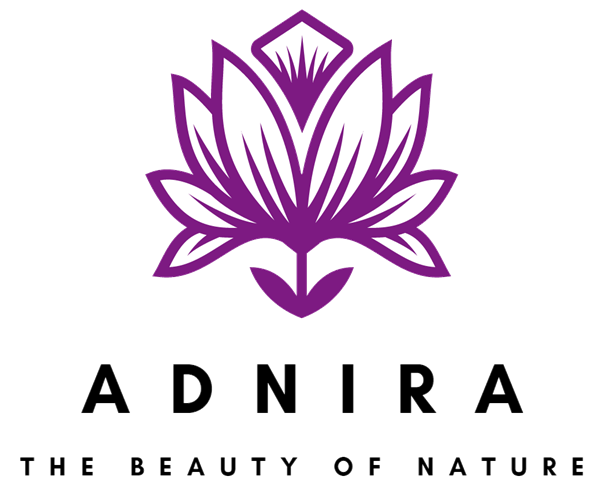
Who Knew? Nettle is Surprisingly Great!
If you catch me in the wild with a book, I'm probably researching herbs.
As I learn about herbs, each one seems to become a new favorite (herbs like lavender, lemon balm, calendula, and passionfruit). Well--guess what? I stumbled upon another great herb that gets little to no fanfare: Nettle!
Urtica dioica, in its natural setting, is quite annoying and the hairs on the leaves and stems stings the skin, as referenced in its common name, "Stinging Nettle."

Photo Credit: © Randy A Nonenmacher
But Mother Nature is smart - and so are humans - and made it such that the stinging quality of Stinging Nettle disappears when the herb is cooked. Then it becomes a rich source of vitamins and minerals, supports renal function, and contains silica, which is great for skin and nails.
What does the science say?
Based on research, there is a possibility that nettle has neuroprotective effects.
Experimental evidence shows that U. dioica constituents and extracts can provide neuroprotective effects by acting through a combination of different molecular mechanisms, that are discussed in the review.
Nat Prod Bioprospect. 2023 Dec; 13(1): 16.
It may also help people during menstruation, with pain, or who want to improve their memory function.
U. dioica contains boron, an element which is thought to influence the levels of estrogen, a hormone that has a role in inflammation and short-term memory functioning [40]
Fig. 1
How do I use nettle?
I love using Nettle as a tea. I pop a tea bag into some boiling water, turn off the heat and then let it sit for 10 minutes before I drink it with some honey. I drink at least a couple mugs of nettle tea a day. It tastes great and complements the flavor of other herbs that I add to my tea blends.
________________
Fig 1: Semwal, P., Rauf, A., Olatunde, A. et al. The medicinal chemistry of Urtica dioica L.: from preliminary evidence to clinical studies supporting its neuroprotective activity. Nat. Prod. Bioprospect. 13, 16 (2023). https://doi.org/10.1007/s13659-023-00380-5
Featured Cover image by: © Bailey Leete, all rights reserved
